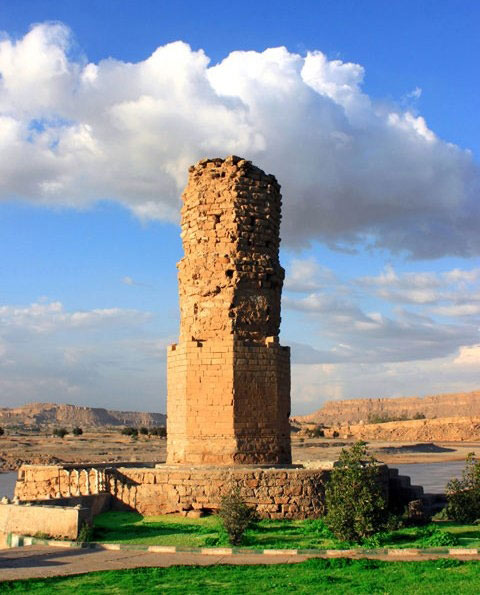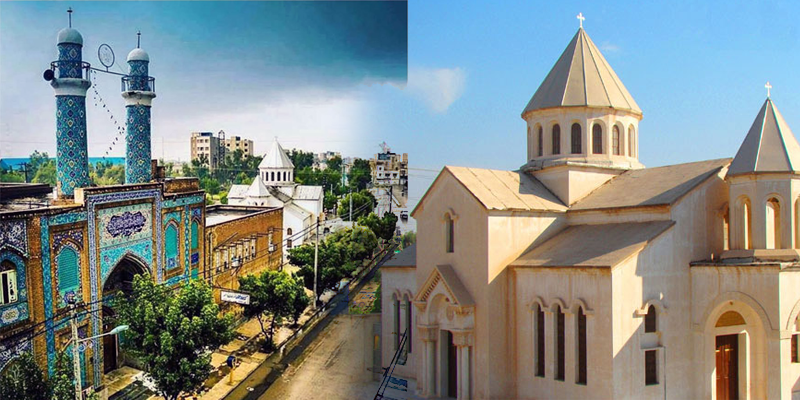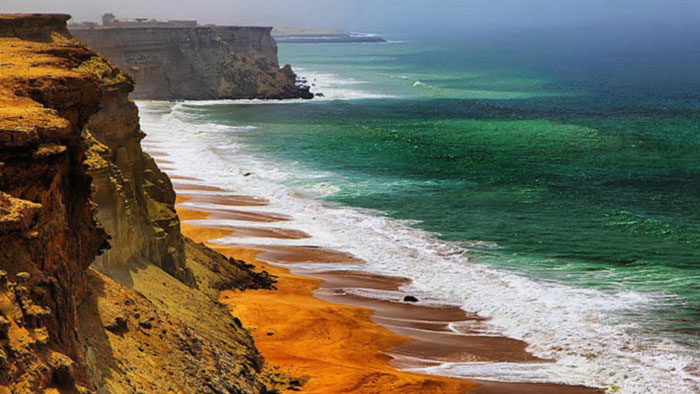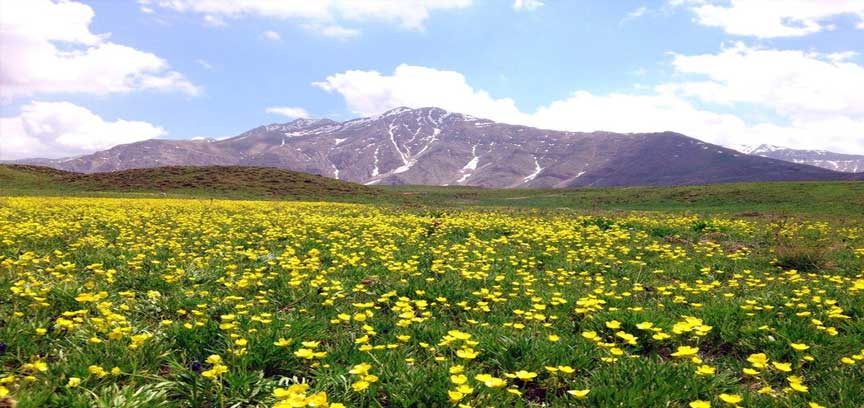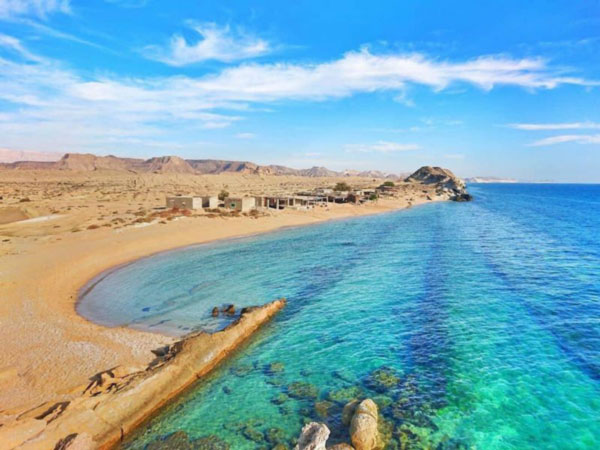هفتاد قله
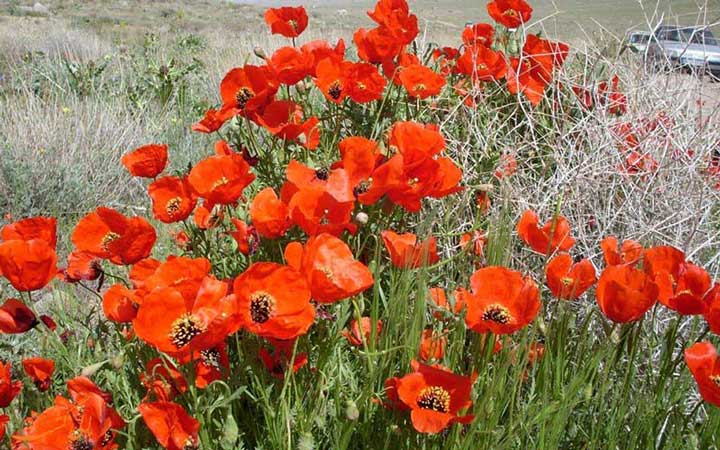
منطقه حفاظت شده هفتاد قله
هفتاد قله در ۲۵ کیلومتری شرق اراک، ۱۵ کیلومتری شمال غربی محلات، ۳۰ کیلومتری شمال خمین و ۳۵ کیلومتری شمال غربی دلیجان واقع شده است.
منطقه هفتاد قله به دلیل شرایط خاص جغرافیایی و پوشش گیاهی انبوه و وفور جانوران وحشی قابل شکار، همواره یکی از تفریحگاههای تاریخی ایران و از زمانهای قدیم مورد توجه بوده است. منطقه هفتاد قله در دوران قاجاریه، یکی از شکارگاههای پادشاهان قاجار محسوب میشده و وجود سنگنوشتههای باقیمانده در دیوارههای صخرهای دره چکاب، بیانگر شکار صدها قوچ و میش در یک روز میباشد. حدود ۶۲ کتیبه در کوههای هفتاد قله حک گردیده است که تاریخ تعدادی از آنها به ۴۰۰ سال قبل میرسد و در برخی از آنها ذکری از سرسبزی و وفور شکار درج شده است.
مجموعهای از کارکردهای اکولوژیکی و ارزشهای بینظیر اکوسیستم کوهستانی و دشتی منطقه هفتاد قله سبب شد تا این منطقه در شمار مناطق حفاظت شده استان مرکزی قرار گیرد. در سال ۱۳۴۹ خورشیدی محدودهای از این منطقه شامل کوههای هفتاد قله، بره زرد و سیبک، توسط سازمان شکاربانی و نظارت بر صید به عنوان «منطقه شکار ممنوع» اعلام گردید و پس از آن در سال ۱۳۵۳ خورشیدی با اضافه شدن نواحی و کوههای دیگری توسط سازمان حفاظت محیط زیست به این منطقه، عنوان «منطقه حفاظت شده هفتاد قله» را به خود گرفت.

منطقه حفاظت شده هفتاد قله با مساحت ۸۱۱۲۵ هکتار، دارای آب و هوای نیمه خشک است. از خصوصیات عمده این آب و هوا بارندگی مداوم در فصل زمستان، تابستانهای گرم و کمباران و وجود دو فصل مجزای خشک و مرطوب در طول سال است.
منطقه حفاظت شده هفتاد قله دارای پوشش گیاهی غنی و به ویژه درختان کهنسال است و در کوههای اطراف آن درختچههای بزرگ و کوچک وجود دارد. در بررسی فلور منطقه هفتاد قله در سه دوره رویش کامل، ۲۰۵ گونه از گیاهان نهاندانه شناسایی شدهاند. این گونهها به ۱۵۳ جنس از ۴۱ خانواده تعلق دارند. بیشترین تنوع گونهای در این منطقه به ترتیب مربوط به خانوادههای کاسنی، نعناع، شببو، گندمیان، چتریان پروانهآسا، میخک، گاوزبان، لاله، میمون و آلاله میباشند. گروهی از گونههای گیاهی منطقه حفاظت شده هفتاد قله دارویی و معطر بوده که مهمترین آنها عبارتند از شیرین بیان، سوسن بر، کاکوتی، مریم نخودی، شریر، شاتره، ریواس، آلاله، بومادران، درمنه صخره، شکرتیغال، شنگ، خاکشیر، منداب، ازمک، چشم خروس دانه ریز، خوشک، چتر گندمی، بذرالبنج، کمای ایرانی و شمدانی.
تنوع جانوری در این منطقه بسیار زیاد بوده و متشکل از پستانداران، خزندگان، دوزیستان، بیمهرگان و … میباشد.
منطقه هفتاد قله زیستگاه بسیار ارزشمند و مناسبی است برای پستانداران بزرگ بومی ایران که در مناطق استپی مرکزی ایران زیست مینمایند که از جمله آنها میتوان به کل و بز (پازن)، قوچ و میش، آهو و گراز اشاره نمود. در واقع پازن منطقه هفتاد قله، نماد محیط زیست طبیعی استان مرکزی است.
برخی از گوشتخواران که از جایگاه اکولوژیکی والایی در رأس هرم غذایی برخوردارند نیز در این منطقه زندگی میکنند که میتوان از گرگ، شغال، روباه، کفتار، گربه وحشی، رودک و پلنگ نام برد.
در ایران ۵۰۲ گونه پرنده شناسایی شده است که ۷۱ گونه از ۲۶ خانواده آن در منطقه هفتاد قله زندگی میکنند و ۶۲ درصد از آنها مهاجر و بقیه بومی منطقه میباشند. از میان پرندگان شکارچی در این منطقه حفاظت شده، دلیجه، عقاب طلایی و سارگپه بومی منطقه بوده و شاهین، هما و سنقر گندمی مهاجر میباشند.
شرایط اقلیمی خشک و پوشش گیاهی بوتهای منطقه هفتاد قله محیط مناسبی برای زیست انواع خزندگان میباشد. از راسته لاکپشتها یک گونه لاکپشت مهمیزدار در دشتها و دامنههای این منطقه زندگی میکند. راسته سوسمارها شامل ۸ خانواده و ۱۱۲ گونه هستند که به جز لوس مار و بزمجه بقیه نام فارسی ندارند و آنها را سوسمار یا مارمولک مینامند.

دوزیستان منطقه را گونههایی از قورباغهها و وزغ تشکیل میدهند که عمدتاُ در آبهای راکد اطراف روستاها و چشمههای منطقه یافت میشوند.
چشماندازهای زیبا، تنوع و شگفتی جوامع گیاهی و زیست انواع گوناگون جانوران، این منطقه را به یک موزه و آزمایشگاه طبیعی برای علاقهمندان به طبیعت و علوم زیستی بدل نموده است به طوری که همه ساله شمار بسیاری از علاقهمندان، محققین و دانشپژوهان رشتههای مختلف از این منطقه بازدید مینمایند (البته پس از دریافت مجوز از اداره کل حفاظت محیط زیست استان مرکزی).
منبع: سیری در ایران

